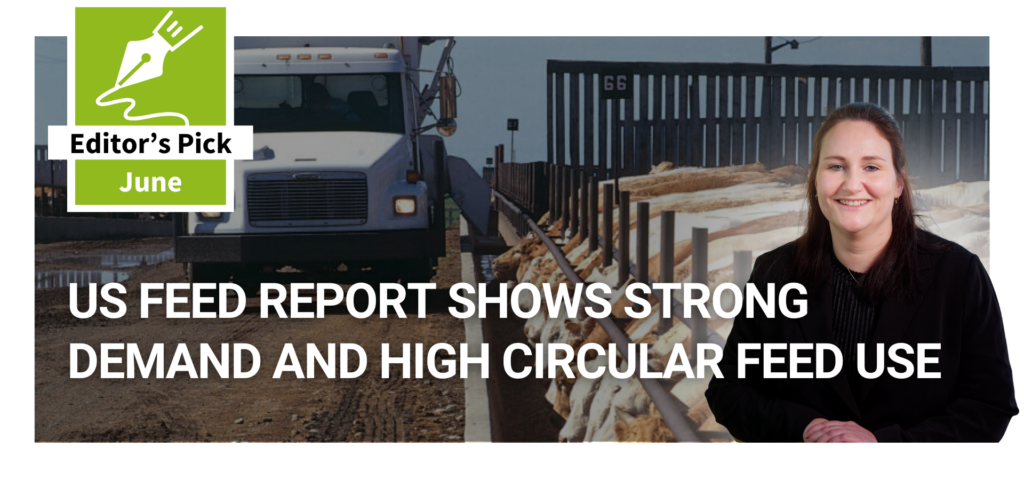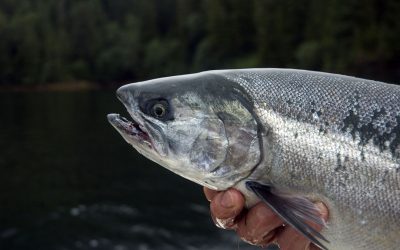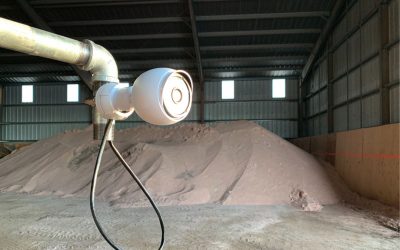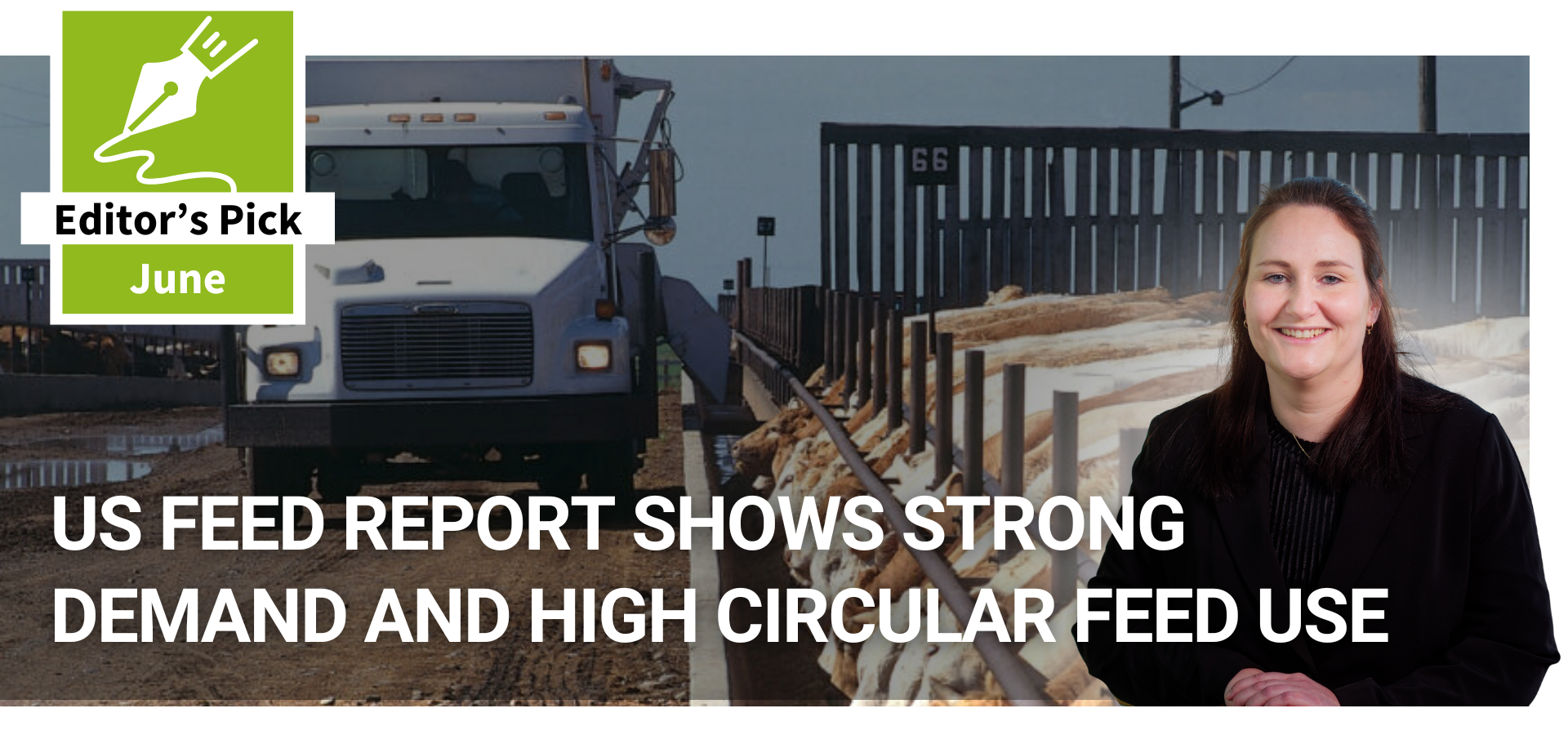Automation kills product quality
Wow!! Did I get generate some conversation from my first automation blog, or what? I was especially glad to see a K-Stater (Go Wildcats!!!) launch into the fray!
Continuing along the vein of automation, I intentionally challenged the value proposition that automation brings. However, my challenge was not aimed at the technology of automation, but was more specifically aimed at the steady decline in product quality that has been a direct result of the industry assumption that automation delivers quality.
While some still hold the mistaken opinion that we gelatinize starch during pelleting, the truth of the matter is that the performance benefit of pelleting is directly tied to the physical integrity of the finished product.
McKinney and Teeter (2002) demonstrated that changes in pellet quality (measured as durability) can directly impact the caloric value of the diet (MEn). For example, when pellet durability goes from 80% to 70%, the energy value of the diet is reduced by 23 kCal MEn/kg diet.
In some parts of the world, pellet quality is still held in high regard, even in systems that are fully automated. The difference here is that pellet quality standards are strictly maintained, and automation is used to improve the consistency of the process.
In many of the plants that I tour, automation is viewed as a means to reduce costs associated with pelleting, with little attention paid to the physical quality and consistency of the finished product.
In the past 15 years, the integrated livestock industry in the US has chosen to regard production cost/ton of feed as the vital parametric in feed manufacturing. I understand it is important to minimize production cost, but at what price?
If you believe the data of McKinney and Teeter, it is not difficult to calculate the cost/benefit ratio of increasing pellet quality vs. increased production costs. It does cost more to make good quality pellets, but I would submit that the industry has too long ignored the value that quality pellets bring to efficiency of gain.
In closing, I do believe that automation added value to the feed industry. However, we can’t assume that automating a process guarantees a consistent, high quality product. In today’s current economic environment, pellet quality has never been more important.
In my opinion, I think we have overlooked the value that good quality pellets bring to efficiency of gain, and have instead opted for a "cheaper" production process. If I am mistaken, why is the nutritional value of cracked corn again being considered for broiler chickens?











